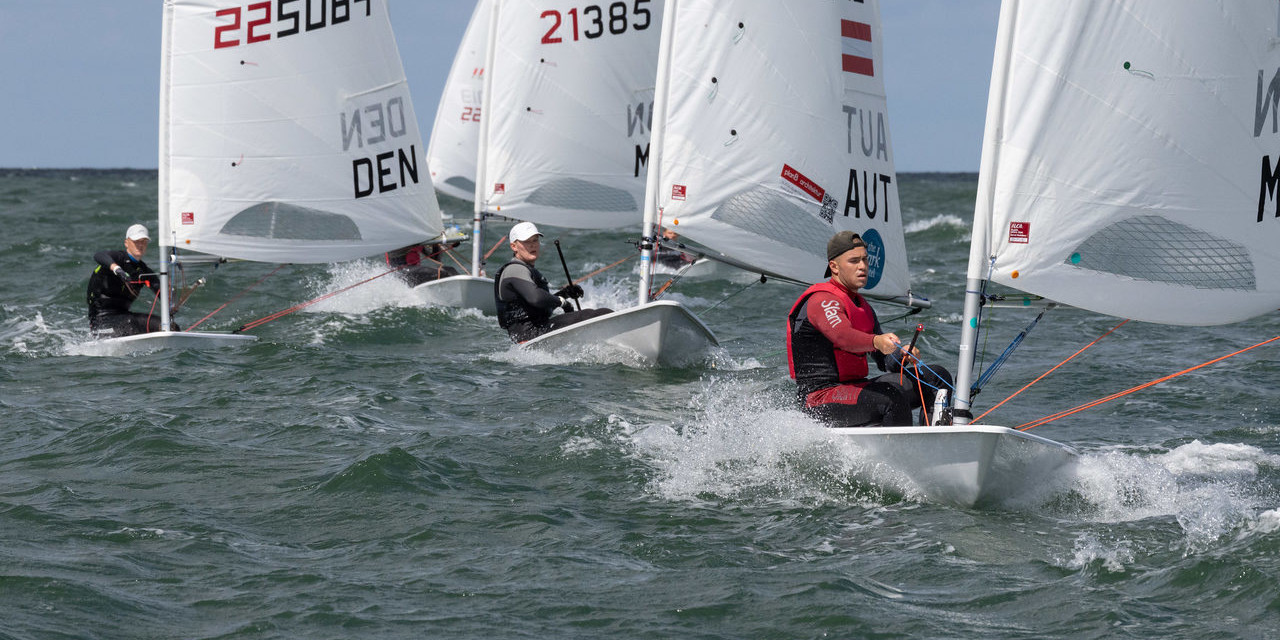Sir Ernst Expedition

It’s 04:00 and my turn to be on watch:-
After sailing for several hours and without heat from the engine, the temperature aboard Sir Ernst has dropped: 7°C inside, the fresher feel is immediate. Hervé informs me of the conditions and navigation. The forecasted wind is here, a 25-knot northeasterly. Sir Ernst is creaming along at 7.5 knots on a broad reach, 1 reef, genoa out on a pole. Air temp is -1o, water 2o. We are skirting Biscoe Island about 20 miles offshore, staying relatively far from the coast as the charts are imprecise and ice less present offshore.
I’m on heightened alert!
It’s snowing and there’s a light powdering on deck. I go out on deck to take a quick look around and check the sail trim. It’s very slippery and I move carefully. I don’t hang around and re-join the Dog House, the nerve centre on Sir Ernst. It’s much better here than outside. Condensation is not too bad. I estimate visibility to be at 1/4 of a mile. It is already relatively light and I go out again to give the windshield a quick wipe to improve vision further. Every 20 minutes I check the radar for big blocks of ice. The wind is relatively steady between 22 to 28 knots. Sir Ernst is going smoothly at 6 to 8 knots. The watch is pretty quiet, but you quickly feel the cold sitting down and being static. The wind is gradually shifting forward. Our genoa is out and we are getting closer to the coast.
François joins me to start his watch. We take advantage of being two to do a manoeuvre. The deck is still very slippery so we put on harnesses. We unhitch the pole and reposition the genoa on a starboard tack. When we’ve finished we notice a beautiful growler in our path.
14:00: we cross the 67th parallel South having cross the Antarctic Circle a few hours earlier. This marks the latitude beyond which at least once a year the sun doesn’t set.
The sky is a relatively uniform grey. The temperature is just above zero. The darker sea contrasts with the sky. A few albatrosses are back. The open sea is their domain.
Arriving at Margarite Bay is very exciting. We’ve waited 18 months for this moment! The French Expedition Leader of the National Geographic’s Endurance boat who we met in Dorian Cove promised that sailing in this region’s channels would be exceptional. We were fascinated by his knowledge and experience in the Antarctic and he by our sailing boat and independence. We had a great time.
We are hoping for at least one sunny day to see this landscape in all its glory with its peaks rising over 2,000m by the sea that we see on the maps.
What do the next days have in store?
We can’t wait to get there.
21:00: we are approaching the southern tip of Adelaide Island. We see the first sea ice. First an enormous iceberg revealed in advance on the radar. Then more and more drifting ice of all sizes, generally in patches. The shore stands out as it is an immense glacier that covers the whole island. Rugged features emerge above the clouds. The nautical chart shows piles of rocks on our route. We slalom between reefs and islets, marked by white foam and breaking waves generated by the swell offshore. We take in the genoa and turn on the engine to manoeuvre better through this minefield of rocks and ice. We redouble our vigilance.

We had imagined anchoring at the foot of a hut on Adelaide Island, near Avian Island, but the bay is white with spray generated by the offshore swell. We don’t want to approach it so divert to Avian Island.

It was on this island that Jérôme and Sally Poncet overwintered in 1978 with their Damien II. They wrote up their journey in what for us is a legendary book “Le Grand Hiver”.
22:00: this is a forbidding landing spot and we all concentrate on finding shelter, wanting to stop for a few hours before the light dims.
The view is both grandiose and intimidating. Between the glacier shore of Adelaide Island and Avian Island we find a cove with three growlers that appear to be stranded. We anchor in a depth of 9m. No wind is forecast for tonight so we are only using 30m of chain.

07:30: we are heading north. Visibility is good, the light on the high ground that surrounds the bay reveals a multitude of huge glaciers. The surrounding peaks are over 2,000m. The sun breaks through in places and illuminates the slopes where dark rocks and ice fissures compete for space.

Towards 12:00: we arrive at Lagoon Island and take the tender out to do a recce of the cove. The wind is still. Conditions are ideal for anchoring. A zodiac from the British Rothera Research Station comes out to meet us. The English are polite but because of Covid the instructions are clear: landing and disembarking is prohibited to the north so as not to disturb the animals and to the south where a hut is occupied by scientists. We will remain really socially distanced from them. The cove is ideal. We secure with three hawsers to the shore and will enjoy a good rest.

We observe the antics of the elephant seals in the cove.

This evening to celebrate our arrival in Marguerite Bay, three of us will prepare dinner accompanied by a magnum of Captain Francois’s reserve wine. The night looks set to be calm and peaceful.
Tomorrow is forecast to be calm, 08:00 departure for the Gullet Tuesday 1st February. Fabrice, Hervé
At 67° 36′ S – 68° 15′ W

Dernières publications
15 July 2024
Celebration of youth
Celebration of youth Youth Sailing World Championships – Riva del Garda 15-19 July 2024 The…
14 July 2024
Monegasques out in force
Monegasques out in force French Open - Quiberon 11-14 July Laser sailors from Yacht Club de…
14 July 2024
Consistency on every start
Consistency on every start ILCA 7 - EurILCA Europa Cup GER – Warnemünde 6-14 July Consistency was…



